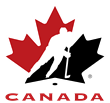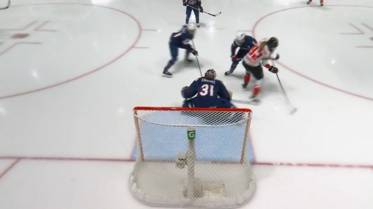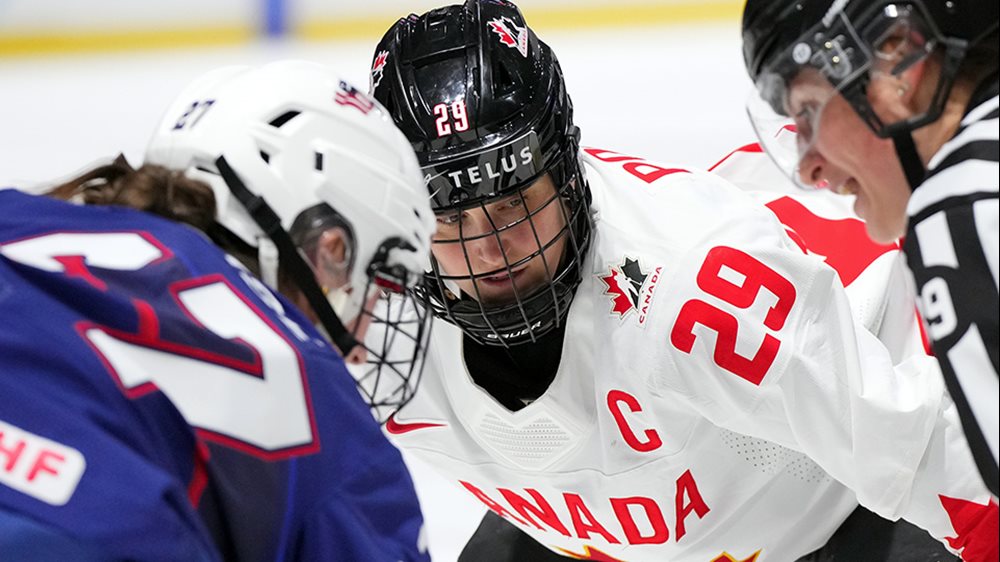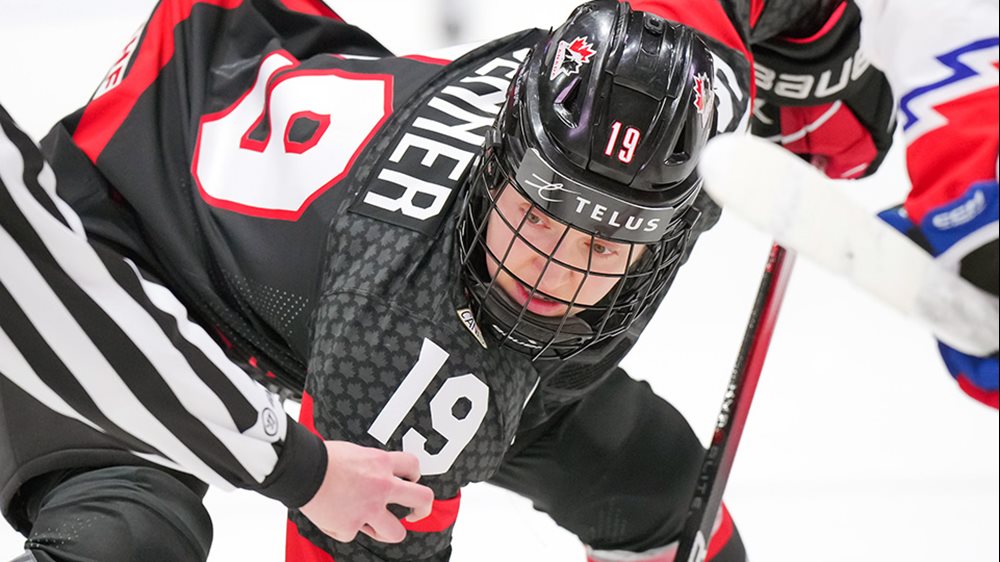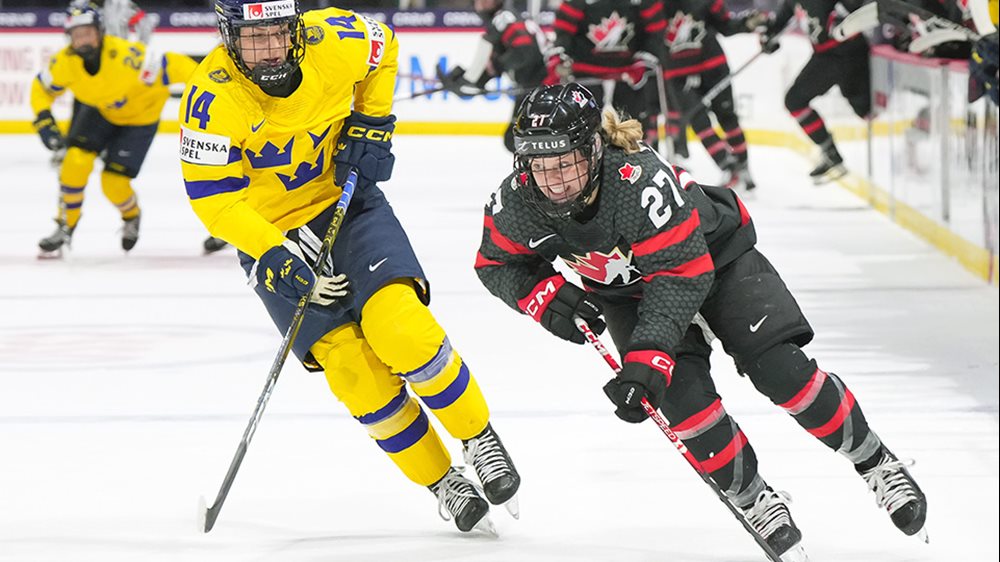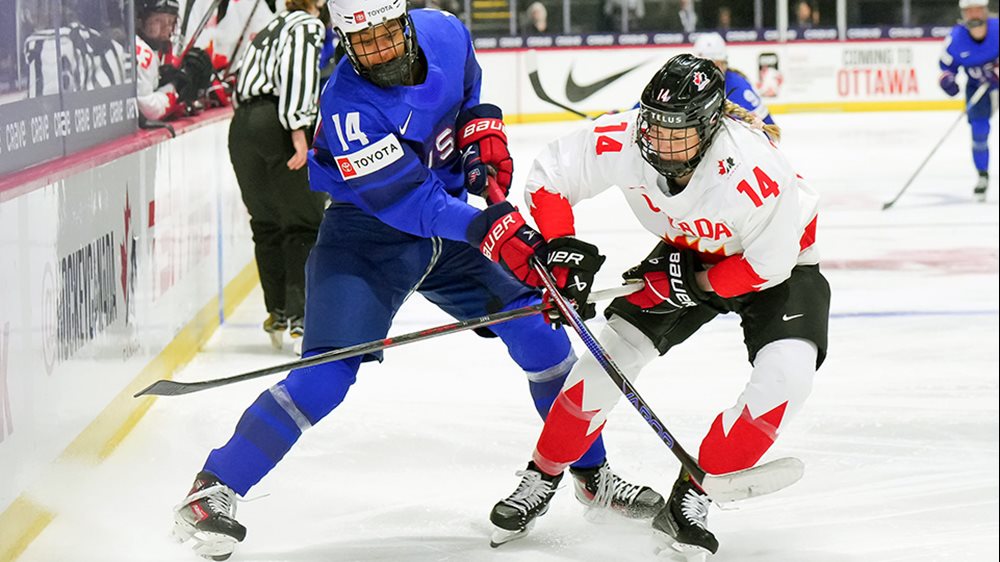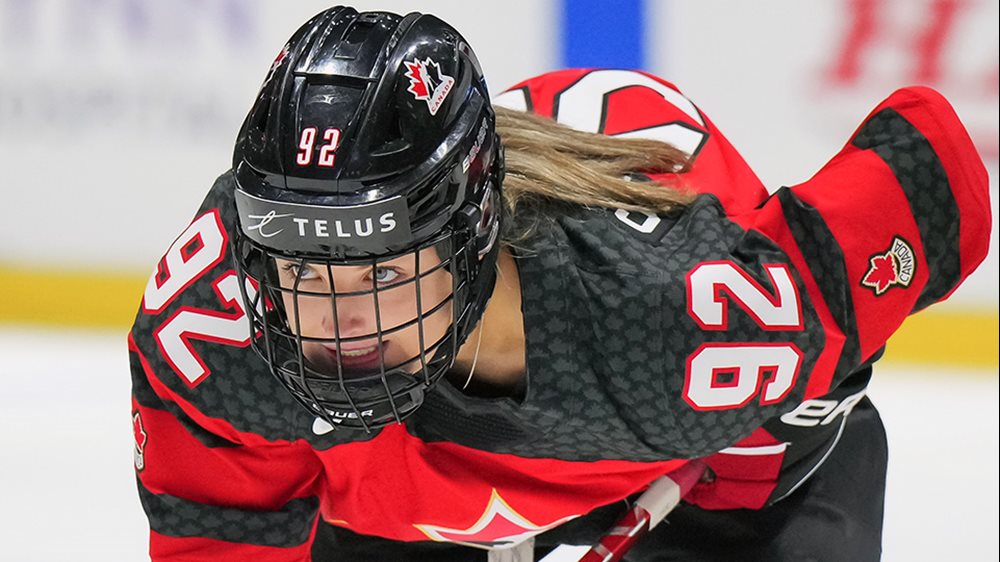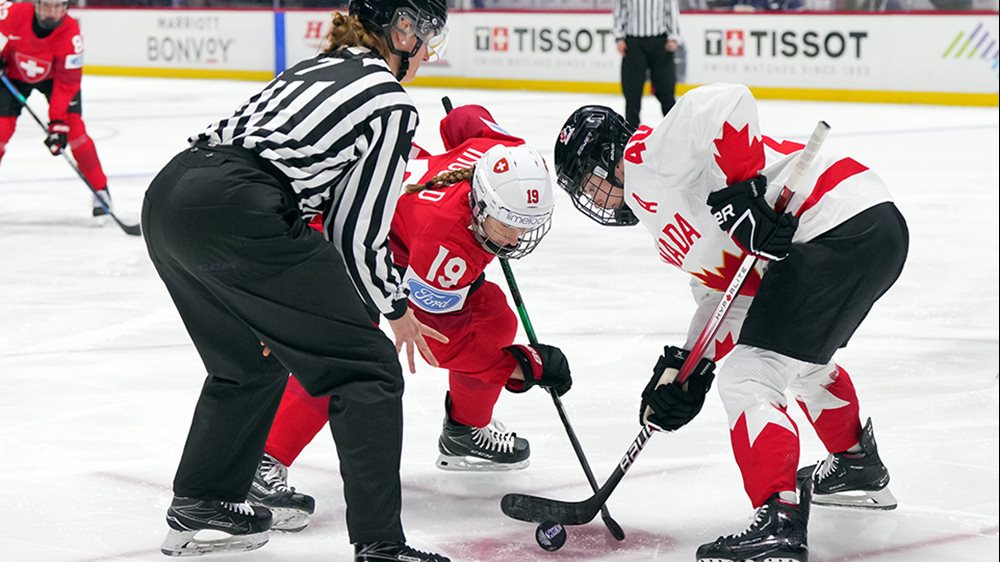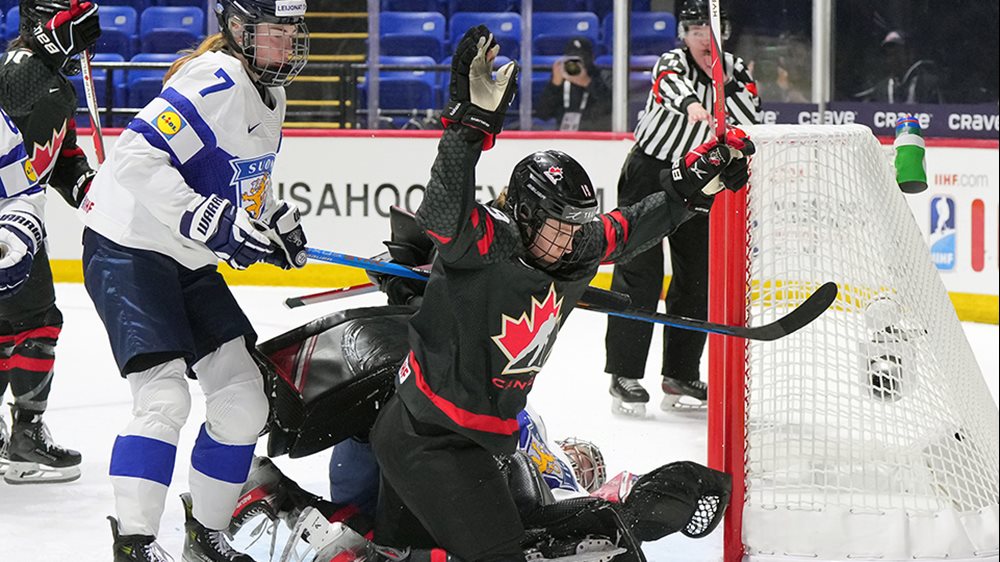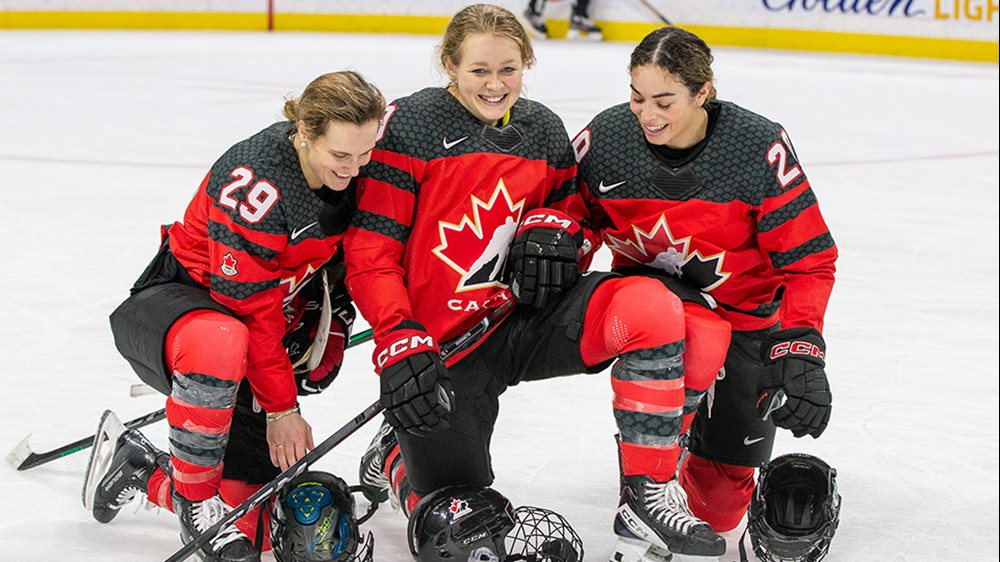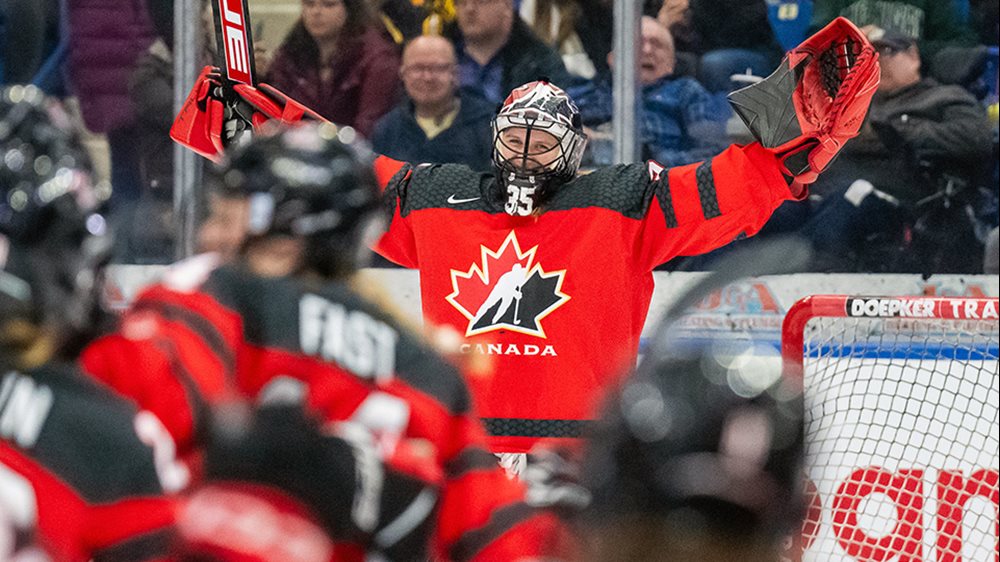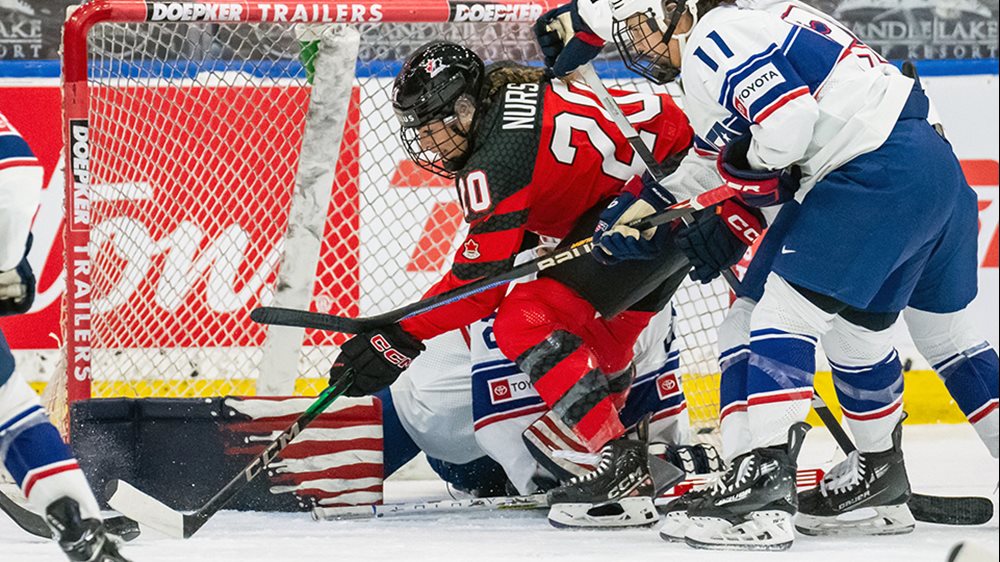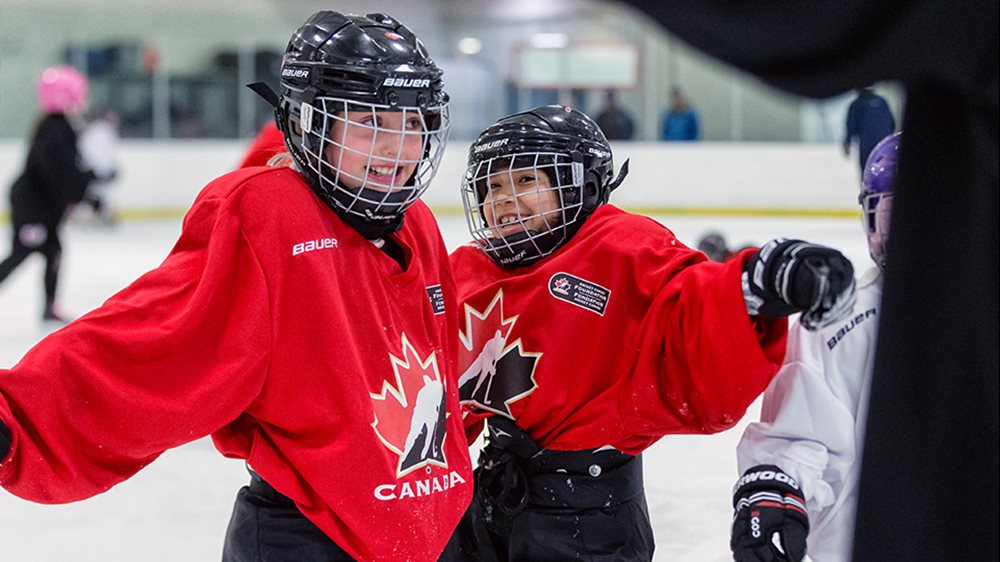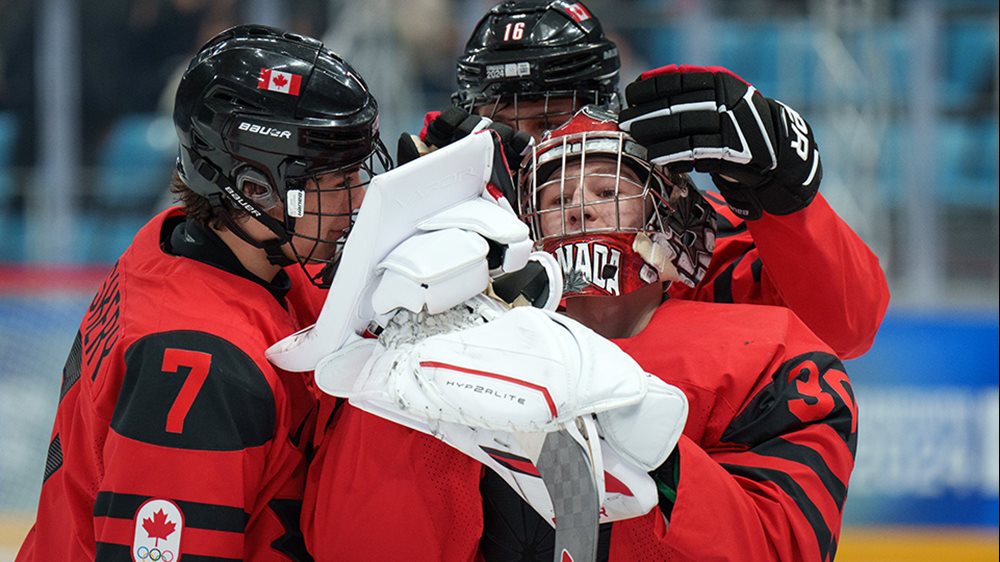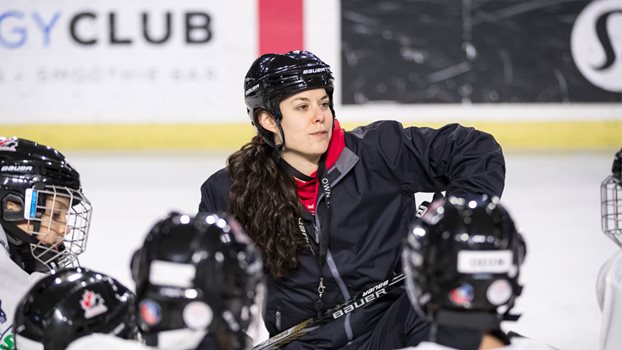
Bringing together the best and brightest
A BFL Female Coach of the Year recipient, Amy de Bree organized a webinar series that gathered a diverse group of leaders and athletes and elevated the voices of women in sport
Like so many other great ideas in 2020, the genesis of the Women in Sport Speaker Series came from finding ways to pass the time at home during the early weeks of the COVID-19 pandemic.
While some Canadians binge-watched their favourite shows or read a good book, Amy de Bree set about to use her newfound free time in a more fulfilling way.
“I spent a lot of time watching webinar series and just really trying to find a way to use the time to better myself, both as an individual and as a leader and as a coach,” she says. “And what I noticed was that as I watched all of these webinars, the female voices were really missing.
“I knew that there were some amazing women doing some great things in coaching and in really all aspects of sport from the research side to the business side. And so I wanted to give an opportunity for these women to actually have a voice.”
De Bree is herself one of those amazing women doing some great things in coaching. In addition to her teaching position at Sir Winston Churchill Secondary School in Vancouver, she is video coordinator for the women’s hockey team at the University of British Columbia, and coaches in the Vancouver Thunderbirds Minor Hockey Association and Vancouver Female Ice Hockey Association.
Add in her time with the B.C. Hockey provincial program, which has included roles as assistant coach at the 2019 National Women’s Under-18 Championship and as head coach at the 2017 National Aboriginal Hockey Championships, along with a handful of provincial camps, and de Bree spends an awful lot of time behind the bench.
“I truly enjoy the game,” she says of why she coaches. “I enjoy approaching the game from different ways. But even more than that, I really just enjoy working with kids. I enjoy helping them reach their potential, whatever that avenue may be. As a teacher, I get to do that every day. And as a coach, we get a different angle to that.”
With her passion and her experience, it was little surprise – except to de Bree herself, who says she was shocked to get a call from Team Canada legend Cassie Campbell-Pascall – that she was selected as the B.C. winner of the BFL Female Coach of the Year Award in the high performance category.
While the national recognition was great, it was the $1,000 monetary prize that pushed de Bree to make her seminar idea a reality and move on to the next step – putting together a list of speakers.
She went to work reaching out to her contacts in the sports world, working connections in some cases and just relying on blind ambition in others.
“A lot of vulnerability, and just sending out emails to women and saying, ‘Hey, this is what we're doing. This is why we're doing it. We would love if you would participate.’ It was just a great experience of women helping women and bringing together some amazing voices.”
In the end, de Bree gathered 18 women across 10 different presentations for the Women in Sport Speaker Series, which ran virtually from July 20-24. The line-up included a Q&A with National Women’s Team alumna Vicky Sunohara, and sessions on being a Black female coach, consent culture, the advancement of women in coaching and loving your body as a female athlete, among others.
All of the Women in Sport Speaker Series seminars are available on the official website.
The feedback was overwhelmingly positive, and the push has already begun towards the 2021 series.
“It was fantastic to hear from the other women who tuned in and watched, and even the different men,” de Bree says. “One of our top referees in the area, he watched all of the talks and it was fantastic to see the different people engaging and kind of thinking through topics and just expanding their way of thinking.”
De Bree is working closely with Shiayli Toni, a fifth-year forward on the UBC women’s team who led the Championing Consent Culture webinar, to push forward and keep the conversation going.
A call went out in late August through social media, and nominations are being accepted for women who are making a difference in sports. Every month, one deserving woman will be celebrated on Twitter and Instagram.
For de Bree, the return of autumn means a return to the rink, albeit in a new-look hockey world thanks to the pandemic. While she navigates her way through another season behind the bench, she has a little bit of advice for girls and women who want to follow her path.
“One of the biggest hurdles that women have in getting into coaching is the time commitment. It can be really tough. And as women, when we come out of college or we come out of the end of our [playing] careers, we're still trying to financially set ourselves up. So find a role where you can start to get your feet wet and then build out that commitment. As soon as you make your name for yourself, you start to be able to find those roles where you do get financially compensated, so it makes it a lot easier to balance the work and life, and still be able to coach and give back to the game.”
For more information: |
- <
- >
